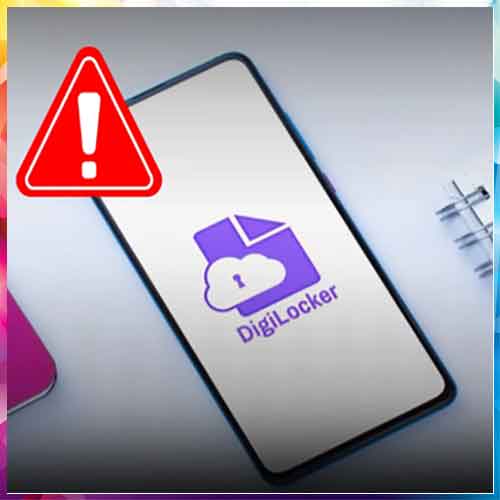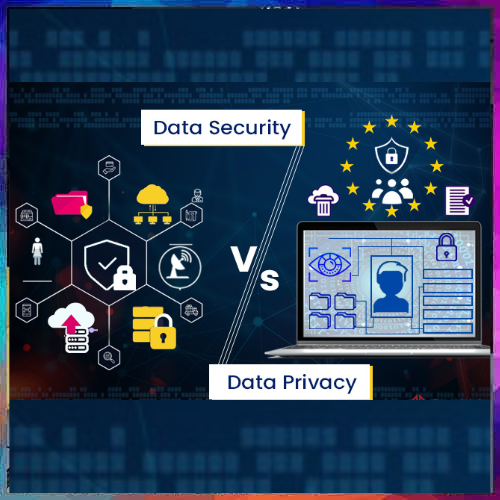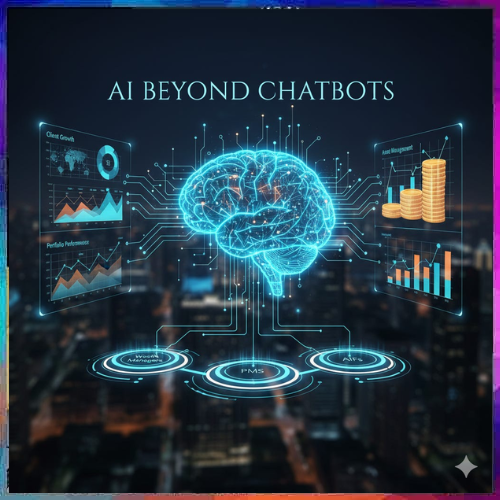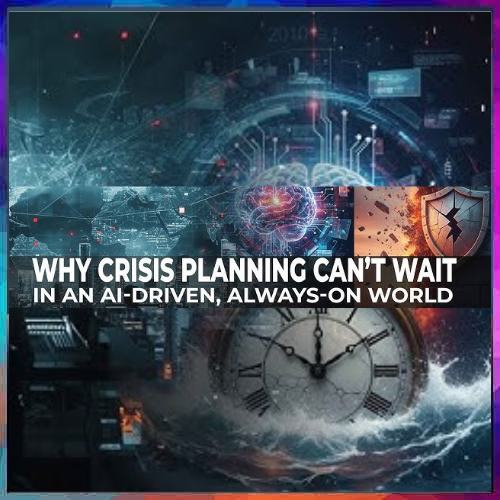
Evolving consumer preferences and reducing brand loyalties are driving internet companies push beyond their boundaries to reinvent the conventional ways of consumer engagement. This is where concepts like chatbot makes the life of both the consumers and the service provider quick and convenient. Chatbot is a computer program which is designed to have conversation with humans over the internet either by manual interface or artificial intelligence. Chatbots offer convenience to consumers without them having to leave looking for assistance on the phone, email or social media.
While chatbots are growing at a faster pace than expected in developed nations, India is not far behind. Many start-ups have also been experimenting with Artificial Intelligence and chatbots in personal concierge services. Some of them are even backed by investors. In business landscape, organizations are constantly determined to drive customer satisfaction across multiple touch-points. The need of hour is 24/7 smart intelligence, someone who has deep business domain knowledge and can handle almost all business related queries as no customer today will wait patiently for his/her turn to solve their queries.
So let’s learn how chatbots can be useful for businesses and consumers:
Consumer and chatbots
** The easiest way to see why chatbots will make a near term impact on everyday consumers is by comparing a modern day customer support call to a chatbot experience.
** Chatbots offers a standardized way of connecting with businesses (similar to Twitter handles or email addresses), reducing the complexity of finding the contact info for a company.
** By integrating with Facebook identity, chatbots allow for automatic verification of personal information (no more cumbersome account lookups or credit card entries).
** There is no experience of “transferring” in the chatbot scenario; if another expert needs to connect, it can happen seamlessly in the background.
** In the modern world, the majority of information dialogue revolves around the Internet. Chatbots allow for information to be transferred via hyperlinks and rich multimedia rather than through a linear voice translation.
Simply put, chatbots offer a superior customer experience, and businesses will quickly realize that if they don’t offer chatbots, their competitors will, and they will be at a serious disadvantage.
Businesses and chatbots
Beyond offering a better customer support experience, Chatbots are one of the most effective ways of customer service at a reduced cost. The main driver behind the cost reductions here will be through brilliance of the chatbot movement, is that it decouples natural language processing (NLP) from automatic speech recognition (ASR) and allows for significant business value to be obtained. Combining the two techniques, we see that chatbots will allow portions of a customer support conversation to be handled via NLP, and when there is a statistically significant indicator of incorrectness, a human can be looped into the conversation to make sure edge cases are handled. And this can be done seamlessly, without the end user even realizing it.
There are three key driver shaping the market for chatbots. Firstly, large communication technology companies from the likes of Facebook, Amazon, Microsoft and Google who are making it conducive for building chat based products. They have opened up their respective messaging platforms for developers to build and innovate on top of it. Even Apple has announced APIs for Siri, a move to allow developers into what has been a walled garden so far. So to say, chatbots are no longer standalone products but art of an ecosystem just like how apps are built and distributed on app stores.
Secondly, there's a rising usage of Messengers over traditional SMSes; recently, Zuckerberg announced that 60 billion messages are sent over Facebook Messenger and WhatsApp every day, together they are thrice bigger than the 20 billion SMS sent. WeChat in China has set an impeccable precedence to show the world how a thriving metamarket can be built within a chat app. WeChat is more like a virtual hypermarket on top of which others businesses have built stores through chat apps.
Third macro factor driving the rise of chatbots is the Gen next's growing preference to chat based interfaces. Messaging has surpassed social media to become the preferred method of communication for millennials. Mary Meeker's research shows that 69 percent of millennials prefer web/internet chat, social media, and messaging to other channels such as talking on phone or IVRS. In past decade we saw brands enabling customers to do everything online, from ordering pizzas with emojis to banking with hashtags, we have seen it all. Chatbot is the emerging new world order.
Implications
Chatbots are poised to fundamentally change the way humans interact with machines within a five-year horizon. The starting point will not be personal assistants, or chatbot “apps”, but rather the investment that businesses make in order to drive their topline and bottomline metrics (starting with support, and moving into sales/marketing). This will lead to a treasure trove of data that will allow for further disruptions in how humans and machines interact and will completely change the way people interact with the Internet as we know it today.
Mr. Subodh Kumar
Head of Engineering, Magicbricks
See What’s Next in Tech With the Fast Forward Newsletter
Tweets From @varindiamag
Nothing to see here - yet
When they Tweet, their Tweets will show up here.





























